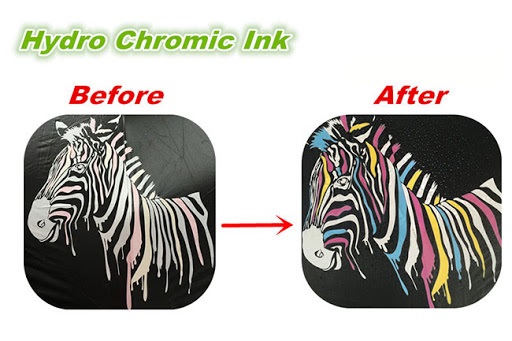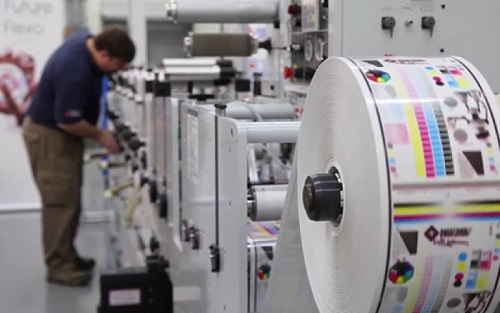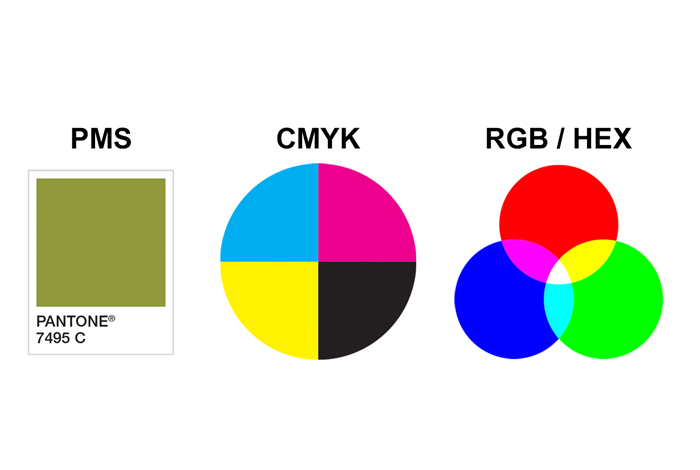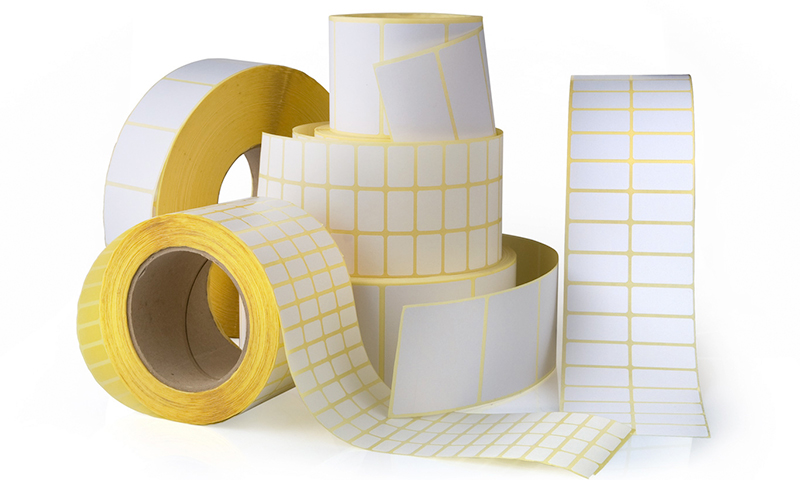Customers tend to look for ways to add value or create uniqueness for printed products. Conventional inks like Pantone will deliver the same color as the design. However, it is not enough to make a print product different and unique when there is a certain impact.
In this article, we’ll introduce you to some types of printing inks that change colors when other factors are applied.
Photochromic Ink
 Photochromic ink under the light in the office Photochromic ink under the light in the office |  Photochromic ink under sunlight Photochromic ink under sunlight |
This is the most common inks among inks. The photochromic ink will change to its original color immediately upon UV exposure. When the UV is not exposed, it becomes colorless. This ink can print using Offset and Flexo printing method.
Photochromic can change from colorless to color and vice versa.
Thermochromic Ink
Thermochromic inks are very sensitive to temperature. When they are impacted by hand or in different temperature environments, the color of the ink changes from colorless to colored quickly.
Like photochromic inks, thermochromic inks can also change from colorless to color and from one color to another. Temperature is what causes the color of an ink to change.
For example, an ink at 720F will color when the temperature increases to 900F, and will turn colorless or appear another color at 810F.

When the temperature is low (chilled), the white of the mountain will turn blue, which makes the product unique.
Hydrochromic Ink

(Source: internet)
This is an ink sensitive to water, not heat or light. Hydrochromic ink is milky white. When it comes into contact with water the white becomes transparent, its image below will appear. Even if your hand is wet, you can touch it so that the milky white turns clear white.
UV Fluorescent Ink
Like its name suggests, this ink is sensitive to invisible light like UV rays. They are divided into two categories: long single wave (360mm) and long double wave. One color under a short wave source (250mm) will have a different color when projected with a single long wave.
Optical Variable Ink
This ink contains very small pieces of metal, when tilted at different angles, the color of the ink will change significantly. When printing this ink, we have to print a fairly thick layer to achieve the best color change effect.
These inks are so expensive that they are usually printed in a small area. Often used in driver’s license or passport.
Bleeding Ink
Bleeding ink is black in color, but when it comes into contact with anything with water, a stain will cause a red stain – no matter how dirty your finger is, it can change color. This ink can print with the offset printing method.
Cion Reactive Ink
This ink is white or transparent. The image appears only when you rub the edge of the coin against the surface of the ink. This image cannot be copied or scanned.
Depending on how you want to impress users, there will be a choice for the most suitable types of printing inks. Contact us for an impressive and unique labels.
Refference:
- Embellishments and effects stuninglabel to incorporate in four simple steps
- Roll labels and Top 5 benefits of buying labels on a roll
- Labels design color – Principles of use and importance
- Custom labels printing – Things to keep in note
- Five emotion – influencing design elements for your custom printed labels














